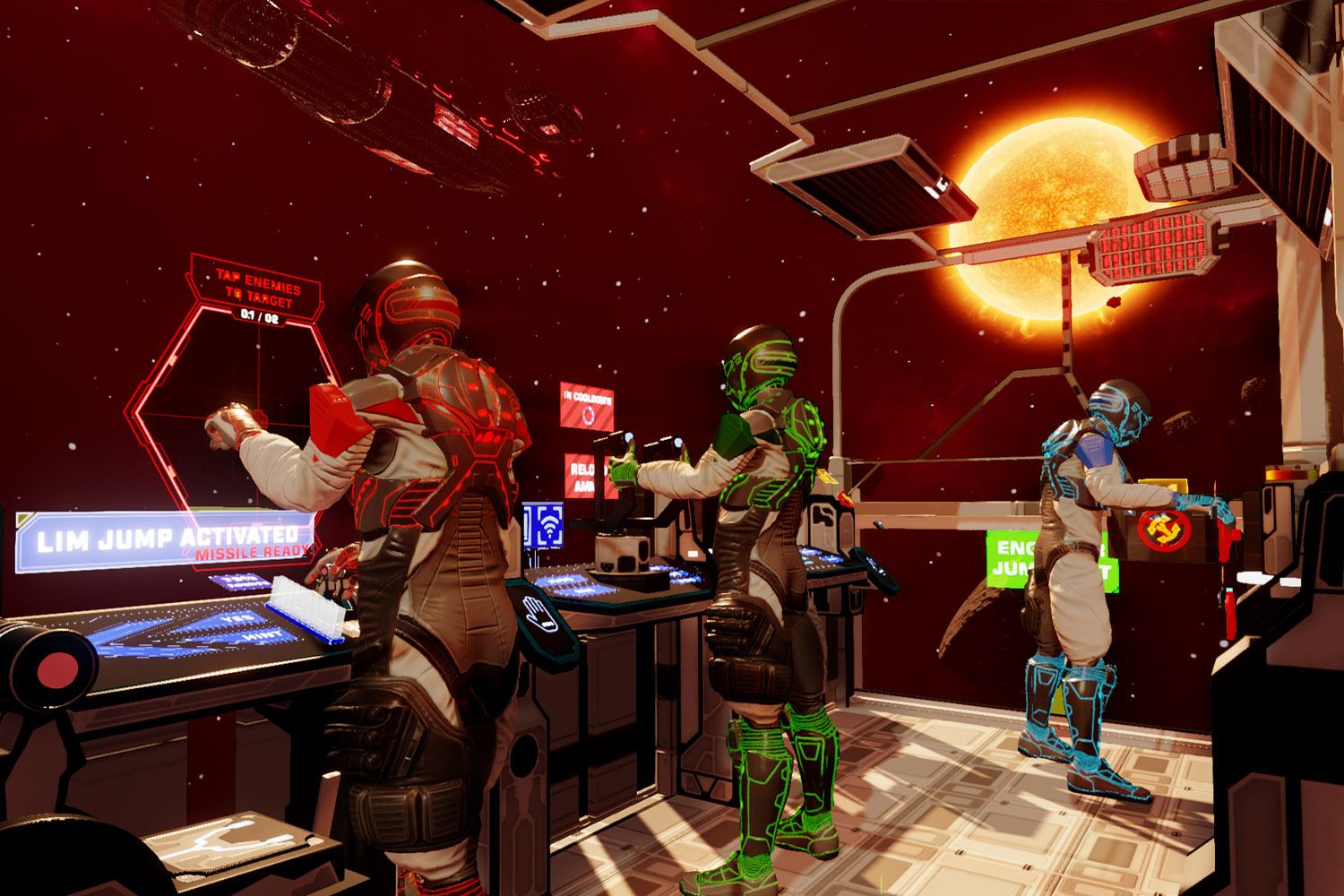WXO Case Studies tell the story of how experts across the Experience Economy have faced challenges, solved problems, and either pioneered new ideas or just figured out how to make something work really well.
We believe these experience-based ideas are highly transferable, and that you should be able to take what they discovered in their sector, and apply it in your area of the Experience Economy. If you’d like to share your own case study with the WXO community, please get in touch.
UNCONTAINED HYPER-IMMERSIVE VR is an immersive entertainment platform creating Metaverse tools for entertainment operators and developers. It builds custom immersive experiences, attractions and software products that power a global network of VR arcade operators.
Tim Bieber, the CEO of UNCONTAINED’s parent company, XR Immersive Tech, tells us how:
- Leaning on the traditional immersive technology sets available is self-limiting, whereas adopting new technologies with versatile backends and playability options makes critical sense both in terms of operator ROI and for increasing consumer engagement and interest.
- Virtual reality and Metaverse experiences allow for fluid, near-limitless opportunities for content and gameplay expansion.
- When the pandemic started to require restrictions on in-person experiences and attractions, XR Immersive Tech saw an opportunity to realign, shifting focus towards the emerging VR industry and taking its technology into a whole new realm of potential uses and applications.
- The community that grows around video games and these interactive experiences offer so much to the world. Knowing that XR Immersive Tech is part of this growing Metaverse that is connecting the world in a way never before done in human history is incredibly exciting.
Who’s our Hero?
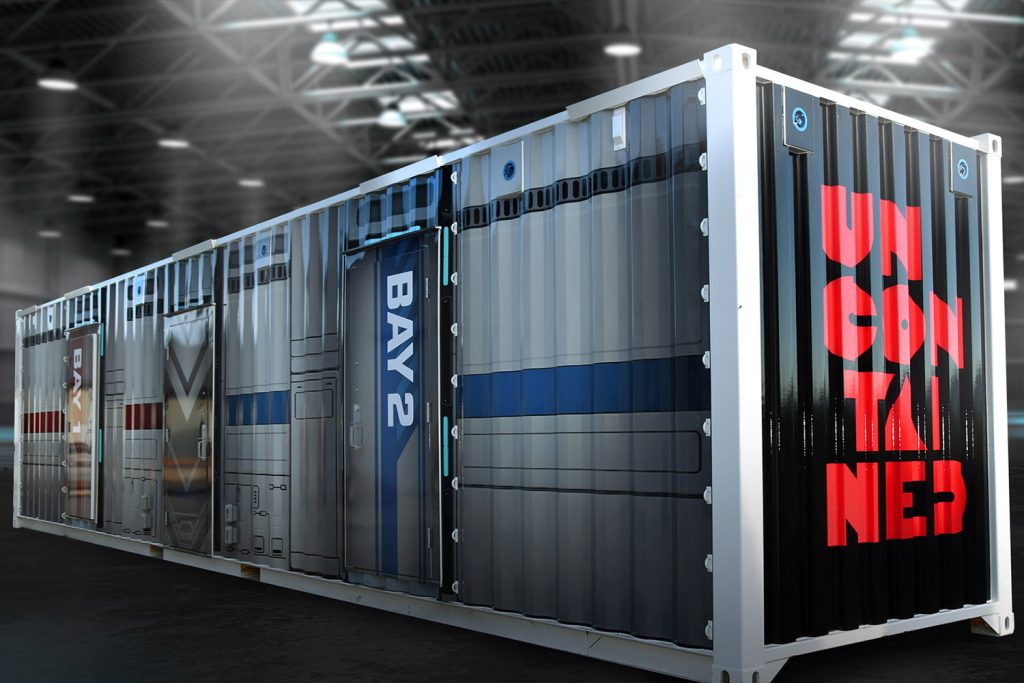
We believe stories Start With Who – so who’s the hero of this one?
Our focus is on the entertainment industry, such as amusement parks, arcades, movie theaters, bowling alleys, and family entertainment centers. These out-of-home entertainment organizations seek out opportunities to reward their audience with fun, innovative, and engaging experiences, and XR Immersive Tech’s catalog of games and VR attractions will be opening a doorway into a grander scale of player types and preferences.
More than this, UNCONTAINED Hyper-Immersive VR’s impressive technology and features will amaze even diehard VR enthusiasts. All of which is further backed by the connectivity and social potential of the grander Metaverse.
What did the Old World look like?
How were things going? What was good or bad?
Traditional approaches rely on technology and experiences that lack in scalability, replayability, and the connective focus that we are seeing become a more and more important part of entertainment both at home and out of it.
Add to this the general inability for location-based sites to define, design, and develop their own in-house technologies to address new content and attractions, and it is clear that adaptable immersive attractions are a great direction for businesses of all sizes.
What was the Call to Adventure?

What was the problem, either “out there” – in society, the industry, the world – or “in here” – the firm, the community?
Leaning on the traditional immersive technology sets available is self-limiting, whereas adopting new technologies with versatile backends and playability options makes critical sense both in terms of operator ROI and for increasing consumer engagement and interest. In this same manner, traditional technologies frequently require a sizable investment in terms of budget, floor space, and specialized training and support for ongoing operations.
While these traditional technologies and attractions do have their place and their purpose, their rigidity means that operators are, by definition, limited. Virtual reality and Metaverse experiences allow for fluid, near-limitless opportunities for content and gameplay expansion.
In addition to the practical considerations, the connectivity and social potential of these out-of-home locations has only just begun to be explored, and will aid in creating a relationship between the players, the experiences, and, ultimately, one another.
Who was your Mentor?
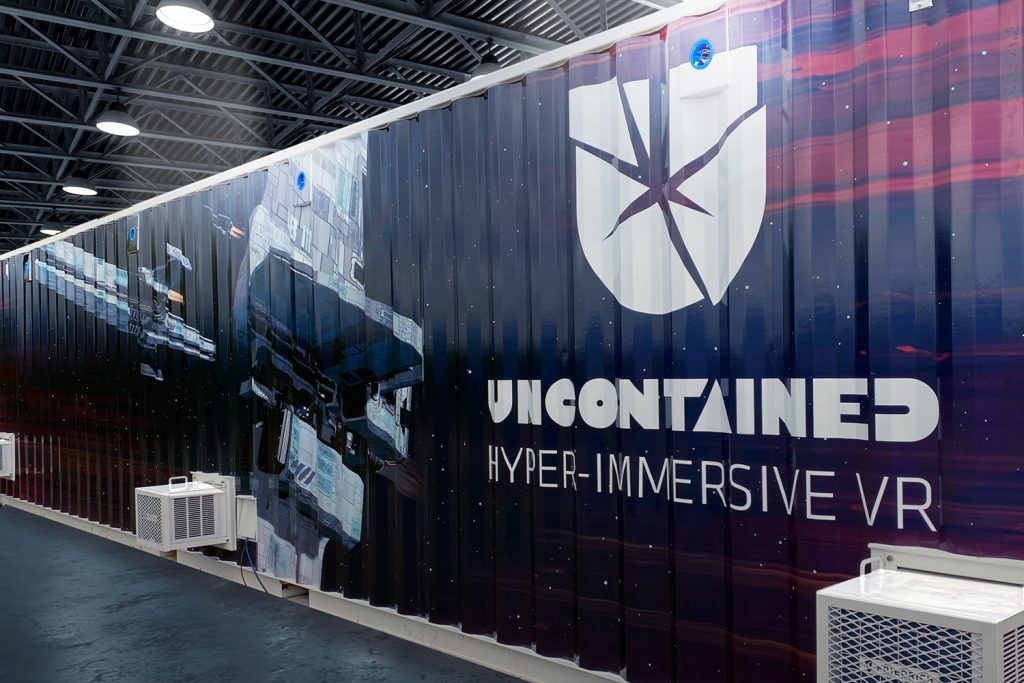
Did the people going on this journey have a mentor – either a real person or a way of thinking?
We have been very fortunate to have attracted a board of high-profile experts who have industry experience and a clear understanding of our company and product journeys. Included in this, we have HTC China President, Alvin Wang Graylin, who leads all aspects of HTC’s business in the region including the popular VIVE VR, smartphone, Viveport content platform, partnerships and investments. Alvin’s presence in the VR space extends to a number of organizations including serving as the Vice-Chairman of the Industry of Virtual Reality Alliance (IVRA.com), President of the $18B Virtual Reality Venture Capital Alliance (VRVCA.com) and oversees the Vive X VR Accelerators (VIVEX.co) in Beijing, Shenzhen and Tel Aviv.
We are also lucky enough to have on our board Cathy Hackl, a globally renowned Metaverse/Web 3.0 strategist and tech futurist. She is often cited as being the ‘Godmother of the Metaverse’ due to her early involvement and interest in the technologies and softwares that continue to define its potential. She is a sought-after business executive, speaker and media personality with deep expertise working in metaverse-related fields with companies like HTC VIVE, Magic Leap, and Amazon Web Services. She’s the CEO of the Futures Intelligence Group, a leading metaverse consultancy working with the world’s top brands on metaverse/web. 3.0 strategies, NFTs, gaming, virtual fashion, and how to extend their brands into virtual worlds. Hackl was recently featured in 60 Minutes+, WSJ, TIME and WIRED’s coverage of the metaverse and is a contributor to Forbes.
Steven Dooner, our head of franchise development, has been in the location-based entertainment industry for decades, and has been involved in establishing household recognized brands that include Chuck E Cheese, in addition to other big-name franchises such as acquiring Malibu Grand Prix from Warner Communications, developing Club Disney, ESPNZone, and DisneyQuest concepts, and overseeing a $1.5B expansion of the Tokyo Disney.
Lance Priebe is another member we’re proud to reference, whose long-term presence in the video game space has included the founding of the immensely popular Club Penguin. Its success saw the company’s acquisition by Disney. Lance’s continued presence in the industry has seen the founding of Hyper Hippo Games, as well as adding his voice to XR Immersive Tech’s development.
And, of course, our internal team has met the challenges and opportunities with full focus, humility, and a sense of learning and progress that come with creating something no one has ever made before.
Why did you at first refuse the Call?
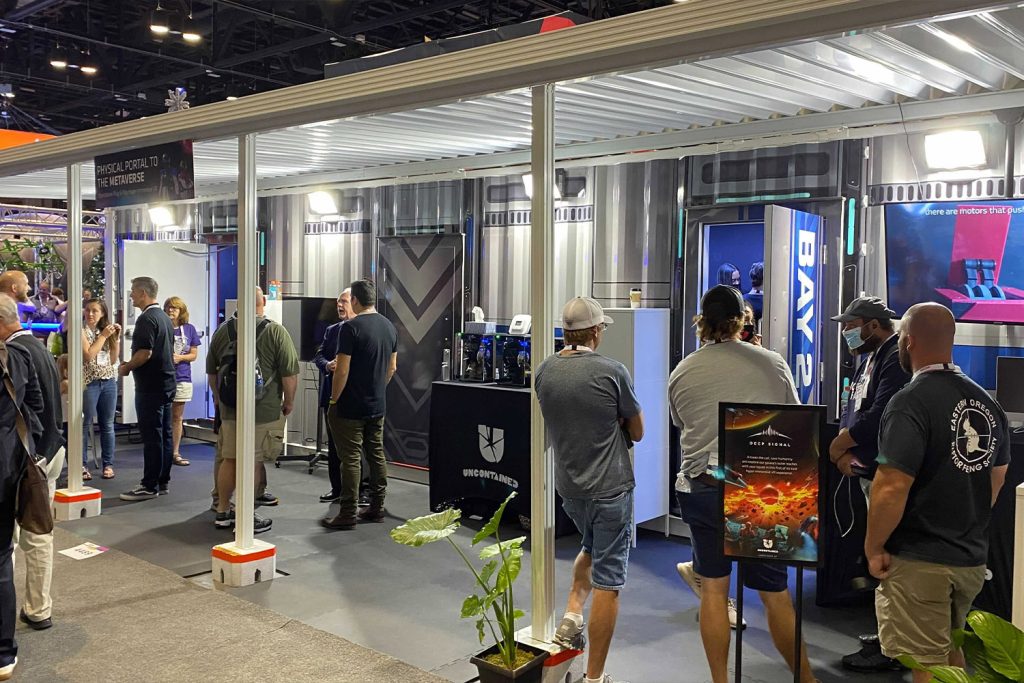
Why didn’t you action this before?
The answer as to why we did not explore VR previously is largely related to the infancy of the technology itself. Prior to the pandemic, our focus was on how to immerse players in physical environments with highly interactive features. However, as we began to redirect ourselves we found that our ideation and development process, and yes, also our core principles, were applicable in VR as well.
The more we explored the more we came to an understanding of how our thought processes and the new generation of VR technologies were a perfect fit. Our team has grown considerably since this shift and our abilities to deliver unique experiences continues to be refined with the end goal of amazing every player who has the chance to try it out.
What was the Inciting Incident?
What changed?
Prior to the pandemic, XR Immersive Tech was focused on escape room experiences that leveraged both our in-house developed software, game design experience, and our manufacturing store that built the physical components.
Our success in this niche space had seen us work with big brands to offer unique engagements for a variety of purposes: some wanted to have fun challenges representing technology or programs within their respective fields. For example, we designed and launched a Leaps by Bayer experience highlighting antimicrobial medicine inside a shipping container to address risks of overuse of antibiotics and the consequences therein. In a similar vein, we have worked with organizations like the FDA to create interactions addressing the risks associated with smoking tobacco that launched at the Winter X-Games. Not all of our experiences were for brands, however, with family entertainment centers requesting specialized escape rooms for various age groups and themes.
We have been in the business of creating entertaining and memorable experiences for a wide variety of audience types and preferences. However, when the pandemic started to require restrictions on in-person experiences and attractions, we saw an opportunity to realign ourselves, shifting our focus towards the emerging VR industry and taking our technology into a whole new realm of potential uses and applications.
What would have happened if you hadn’t Crossed the Threshold?
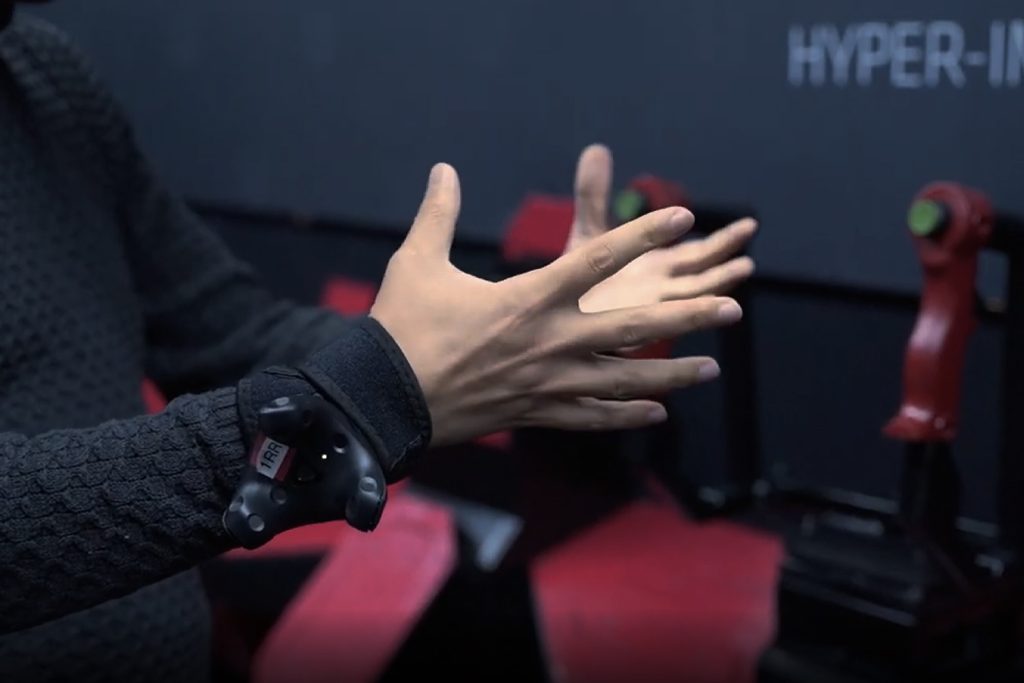
…or done what you’d always done before?
Had we remained on our previous course with a focus on location based entertainment experiences, we would have likely continued on a similar, if not entirely parallel, path as we are now, albeit without the virtual reality component.
Ultimately, we would not have had the chance to connect with the VR industry professionals that we have on our board now, nor would we have had the opportunities to be part of defining the principles of bridging virtual reality and physical reality in the way we have now.
The investments that we have received to charge into this incredible industry would never have presented themselves and our team would never have grown to include some of the top talent in VR.
What Trials did you face?
Lack of knowledge? Time? Money? Contacts?
The primary hurdles and challenges that presented themselves at the very beginning of this momentous shift in both company ideology and development were related to recognizing what we could bring from our location based entertainment design and development process into this new direction. We had to identify what team members we were lacking, as well as what new pieces of technology, partnerships, and research would be required for the hard pivot we were undertaking.
Where other companies like ours were prepared to ‘wait and see’ what was going to happen, we were invigorated by the chance to learn, grow, and adapt. We quickly came to set ourselves on a path to fill in the gaps where we identified them and experiment and iterate towards a product we could be proud of. This included raising money and bringing our company public with a challenge of inventing technology we knew we wanted to utilize to make something no one has ever seen before.
Who were your Enemies?
Unquestionably, the pandemic’s start was a hugely problematic ‘elephant in the room’. The potential of our plans for VR and situating it within a shipping container with proper air filtration and various other safeguards were still pressed up against the uncertainty of when the world would start to reclaim in-person experiences. Experiential marketing, a big part of our business previously, effectively and understandably evaporated overnight.
However, we knew our capabilities and adaptability were going to be the pieces that would lead us forward, and while there wasn’t a playbook to work from, we were prepared to embark on this exciting (if not also frightening) adventure.
Who were your Allies?
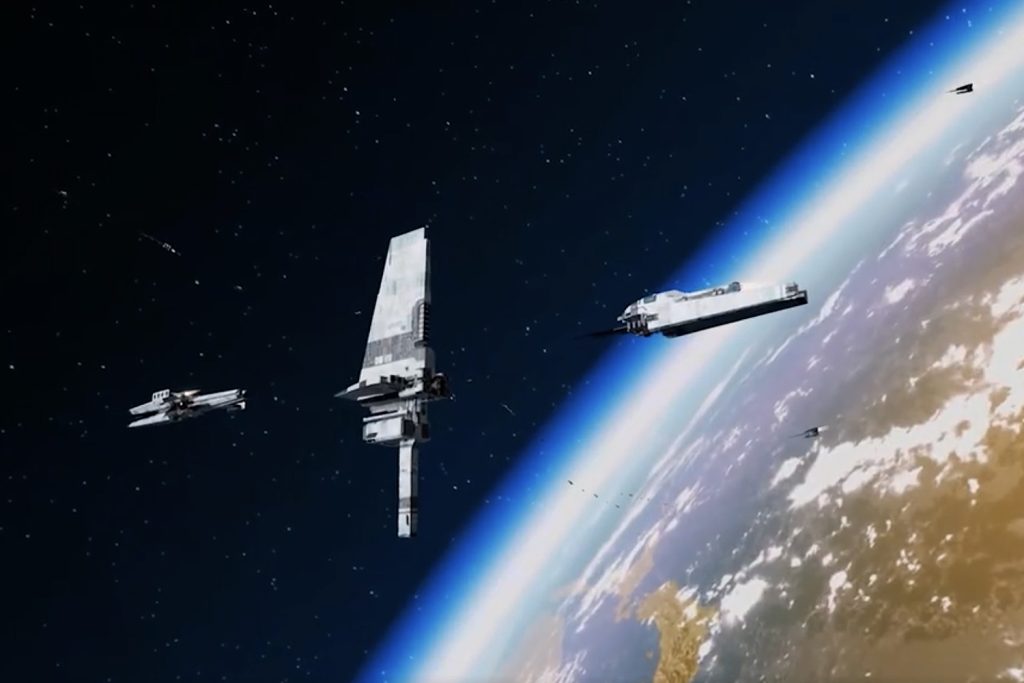
Who was on your side or helped you achieve your goal?
Our allies, fortunately, are many. As we had previously defined ourselves as a company that elevates and offers the type of innovative experiences that leave a lasting and positive impression on the intended audience, we had cheerleaders on our side ready to encourage us along this new path. Partnerships and connecting with people also eager to explore the potential of VR technology was the next step that saw our team expand and our visions start to manifest through hard work and diligence.
Working with and co-developing with companies like HTC, Ultraleap, DTS Audio, and our acquisition of the VR Cafe/Arcade platform SynthesisVR furthered us along this journey to build a new face for the company. This included a name change from Immersive Tech to XR Immersive Tech to emphasize, more clearly and deliberately, our focus and our purpose moving forward.
What Tools helped you on this journey?
What’s the closest thing you had to King Arthur’s Sword, or Luke Skywalker’s lightsaber?
The versatility of existing software that we had become comfortable with for building our interactive escape rooms was a great boost towards our shift to VR. In truth, many of the technical ideas we wanted to explore had, albeit in more physical manners, been a part of our process prior to the VR shift. Implementation and development of new systems that would acknowledge the digital and physical environments was certainly a challenge, but one that we understood we would have to overcome – and we have!
Then, during the early stages the buzz behind Mark Zuckerberg’s META name change and the emergence and nuance of the relatively unknown term ‘Metaverse’ encouraged our team and gave us further optimism that we were on a path that people were eager to see in the world.
At our core, however, it was our team’s commitment to making fully-immersive experiences that bring all the senses into play and giving players a sense of ‘being there’ – wherever ‘there’ in game narrative that place may be – that truly added the shine and polish to our process.
What was the biggest Ordeal?
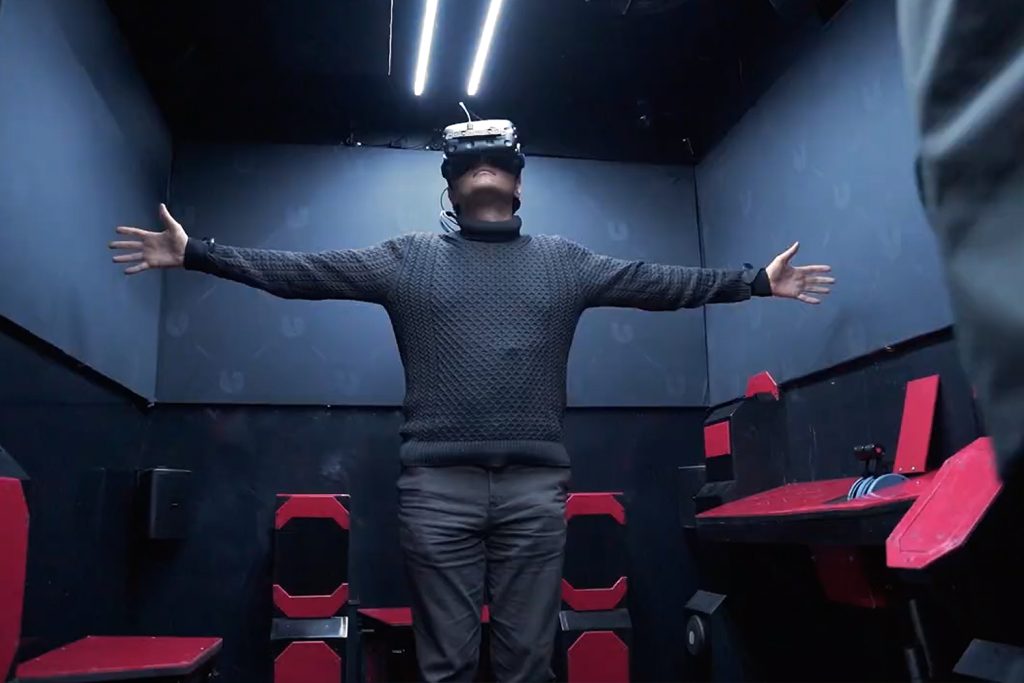
What was the toughest challenge you faced?
Unpacking what we wanted and putting it into actionables and testin, testing, testing were challenges at the beginning. We wanted to be sure that what we were designing had appeal, and not just to those who supported the idea at the beginning. We wanted would-be skeptics to go through our concepts and be absolutely won over by what we delivered. Finding that ‘zone’ was paramount to everything we have and everything we will do. This, coupled with the need to elevate the technology that exists to match our vision was the next biggest challenge that we knew we needed to hit hard and effectively.
Did you have any “Aha!” moments?
Moments of discovery and inspiration… times when instead of the fog of uncertainty, you suddenly saw the way forward?
We have, along the way, had many moments of EUREKA! Which is fortunate, because so much of what we wanted to do simply did not exist in an out-of-box or even concept format. We had a trial by fire and when we brought our version 1 UNCONTAINED shipping container to IAAPA in Florida in 2021 we knew we were going to be met with scrutiny and a laser-focus during an event where so many other VR-oriented companies and products were vying for the same industry attention.
To our relief, after over 28,000 participants showed up in person at IAAPA 2021 in Orlando and thousands of players went through our demo and provided us with feedback and positive responses to even that earlier version of the experience we returned to Vancouver with even more enthusiasm that we were doing something worthwhile and, in many ways, revolutionary.
What was the Reward?
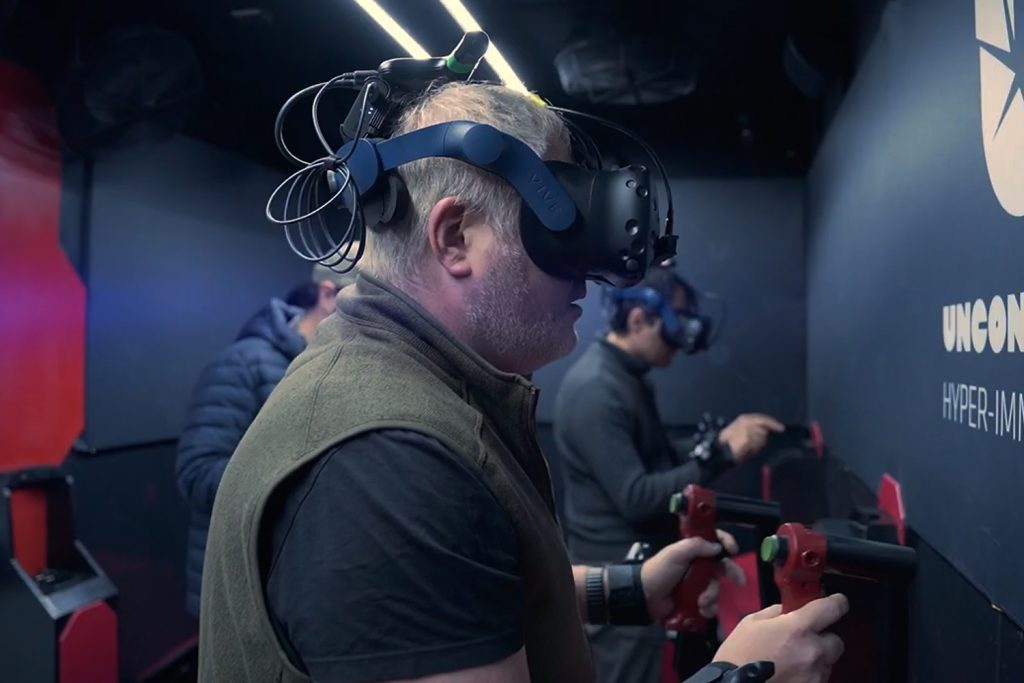
What were the results of all your hard work?
Our entire team gets to go home (or work from home) and feel the sense of accomplishment that we are making something that people love and leaves players with a sense of awe and wonder that, really, we all deserve more than once in a while.
The community that grows around video games and these interactive experiences offer so much to the world, and knowing that we’re a part of this growing Metaverse that is connecting the world in a way never before done in human history is incredibly exciting. We are a piece of something amazing and the more we are able to believe that and aim towards that goal the better society will be.
How does the New World look now?
Now you’ve faced this challenge, what does it mean for you, your organization, and the world?
What we really want to see is people coming together optimistically and with a sense of being part of a community that supports, encourages, and grows together. All a bit utopian in ideal, of course, but the truth of the matter is that this ‘new world’ is one where imagination and reality can come together and offer people something really magical.
What might the next Journey be?
Thinking ahead, what might the challenges ahead look like?
Our roadmap is one filled with innovation and invention, but also one where we want to ensure we are part of where the Metaverse and VR are heading. This means further development of profile systems, networking, and achievements that give players a deeper sense of belonging and cooperative and competitive angles alongside it.
We are working on 5G+ connectivity with low latency and seamless streaming to ensure that the time you spend in VR is smooth and immersive. These are some of the angles that we are sure we will have to be prepared to address and adapt towards to be at our best and to offer players and operators the sense of joy that should come with the technology and the experiences it can uniquely support.
For more case studies and learning frameworks from the Experience Economy, check our Case Studies page here.

